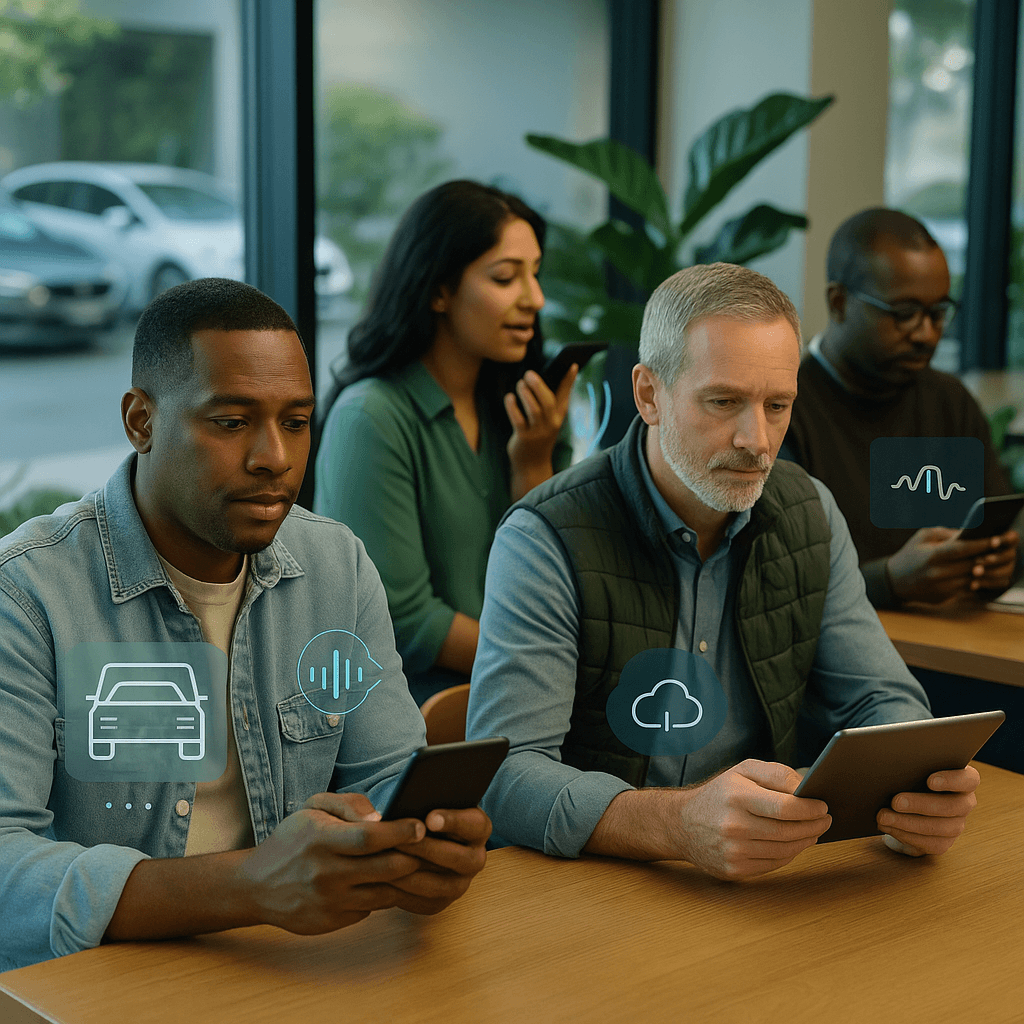Uber just expanded beyond ride-hailing in a major way, announcing Thursday that it's piloting AI data labeling jobs for drivers during downtime. The move transforms idle drivers into AI trainers, creating a new revenue stream while addressing the gig economy's income volatility. With millions of drivers worldwide, Uber's pivot could reshape how platform workers earn money between rides.
Uber is betting its army of drivers can do more than just drive. The ride-hailing giant announced Thursday it's piloting a program that lets US drivers earn money through AI-related tasks when they're not transporting passengers or food.
The initiative, launched through Uber's AI Solutions Group, offers drivers small jobs like "uploading photos to help train AI models" and "recording themselves speaking in certain languages or accents," according to CEO Dara Khosrowshahi's announcement at the company's Only on Uber 2025 conference in Washington, D.C.
The timing couldn't be more strategic. As AI companies scramble for training data and drivers struggle with income inconsistency, Uber's positioned itself as the middleman connecting both needs. The program's already being tested in India, suggesting Uber sees this as a global opportunity rather than a US experiment.
"Pay for tasks will vary based on complexity and estimated time to completion," Uber spokesperson Meghan Casserly told CNBC, adding that drivers can see compensation upfront before accepting work. The transparency addresses a common gig work complaint about unpredictable earnings.
This isn't entirely new territory. Amazon's Mechanical Turk has offered similar microtasks for years, while platforms like Upwork connect freelancers with data labeling projects. But Uber's advantage lies in its massive, already-engaged workforce - millions of drivers who've downloaded the app and completed verification processes.
The move comes as Uber faces mounting pressure to improve driver economics. Recent surveys show driver satisfaction often hinges on consistent income opportunities, something traditional ride-hailing can't always provide during slow periods or off-peak hours.
Khosrowshahi revealed the decision emerged from "more than 60 Crew sessions with over 100 Uber team members, gathering hundreds of hours of feedback" from drivers and couriers. The grassroots input suggests real demand for supplemental income options within Uber's existing ecosystem.
Notably, Casserly emphasized these AI tasks "will not be related to any of Uber's autonomous partnerships or the development of driverless vehicles." The clarification addresses potential driver concerns about inadvertently training their own replacements - a sensitive topic as autonomous vehicle development accelerates.
